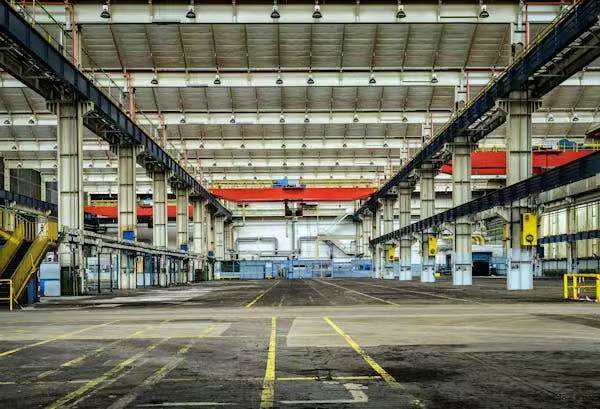
Elevating Your Supply Chain: How Leading U.S. 3PLs Are Driving Industry-Specific Dominance
The U.S. third-party logistics market is set to soar to $281 billion by 2029, fueled by an unprecedented need for flexibility, cost control and expertise. Leading organizations now view elite 3PL partners not only as suppliers, but also as strategic gas pedals to dominate the market. Here's how top 3PLs are transforming operations in key areas:
For an eCommerce Giant: When a Fortune 100 home furnishings retailer faced a 57% cart abandonment rate due to peak season delays, their 3PL partner deployed AI-powered fulfillment centers in Chicago and Dallas. By integrating robotics and predictive inventory placement, they shortened picking paths by 60%, achieved 2-day delivery to 80% of the U.S., and converted $3.2 million in previously lost holiday revenue. The solution also extended to the Returns Processing Center, where automated grading cut reverse logistics costs by 50%, turning profit loss into a recovery engine.
In Manufacturing and Automotive: A Fortune 500 automaker was losing $22,000 per minute during production stoppages due to parts delays. Their 3PL partner built cross-docking terminals within 5 miles of the Port of Long Beach, enabling <2 hour transfer SLAs and bonded warehousing. Real-time replenishment alerts were synchronized with the assembly line, achieving 97% production uptime while reducing inventory costs by 31%. This partnership extended to last-minute customized kitting areas, proving that 3PLs can evolve from logistics implementers to innovation partners.
In Healthcare and Life Sciences: When a supplier failed 32% of FDA audits due to temperature deviations, a VAWD-certified 3PL intervened. They designed a cold chain with 0.5°C precision monitoring, blockchain audit trails and serialized compliance. The result? A 99.8% audit pass rate, an 18% reduction in storage costs, and a 3-week reduction in time-to-market for life-saving devices. For pharmaceutical imports, bonded warehousing near the Port of Savannah streamlined Section 321 clearance, avoiding more than 25% of tariff exposure.
